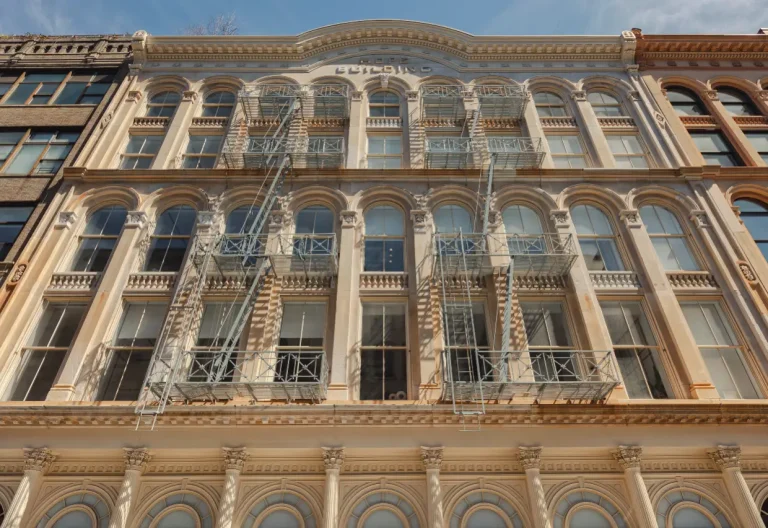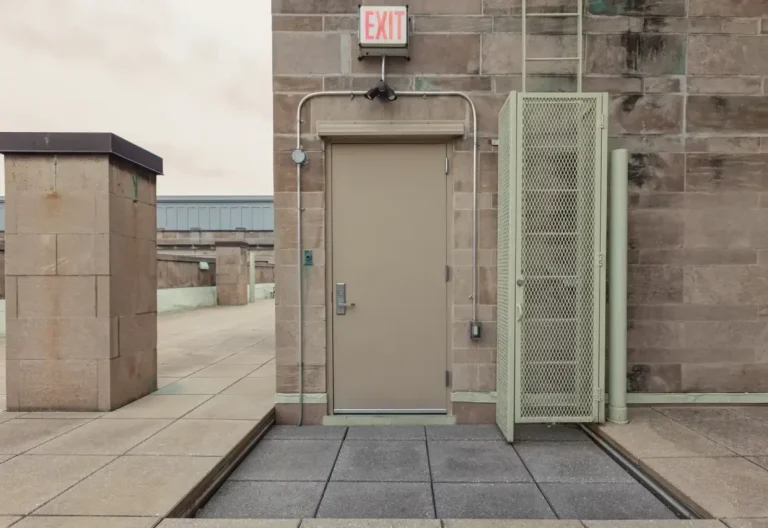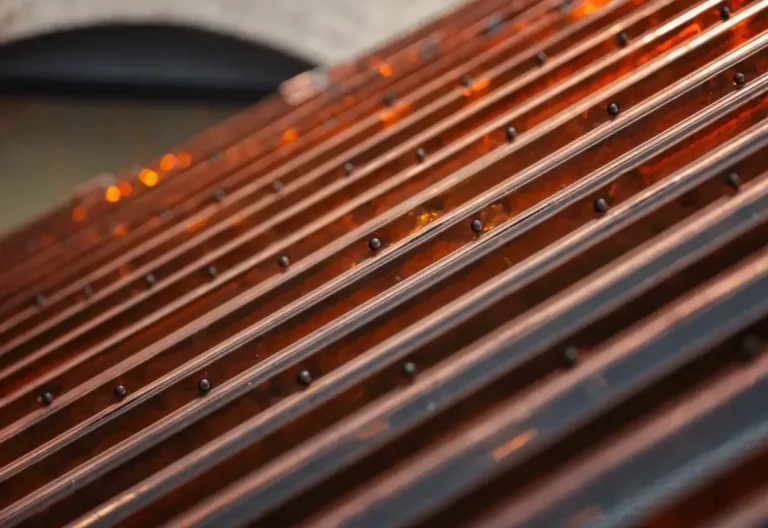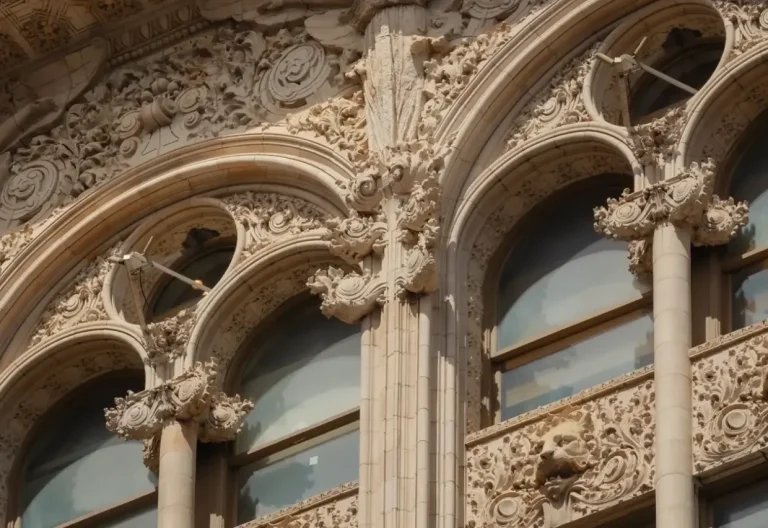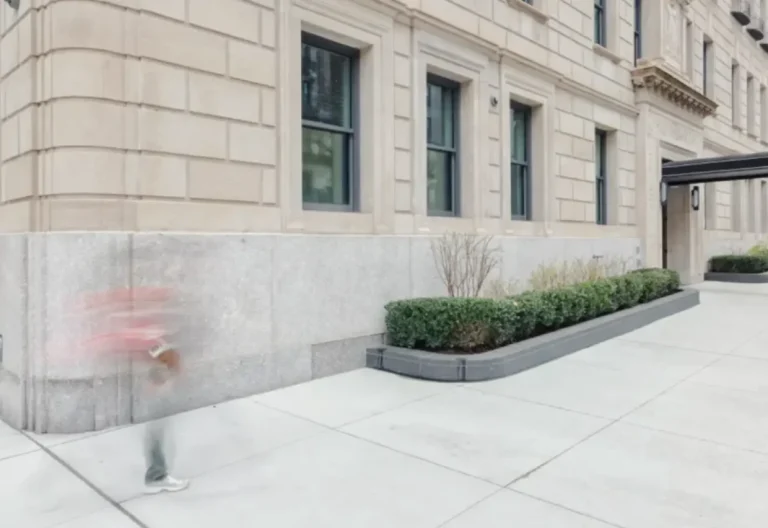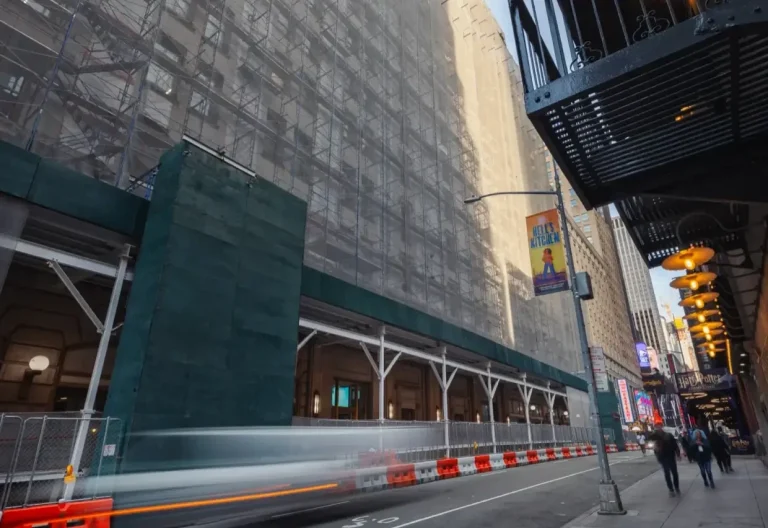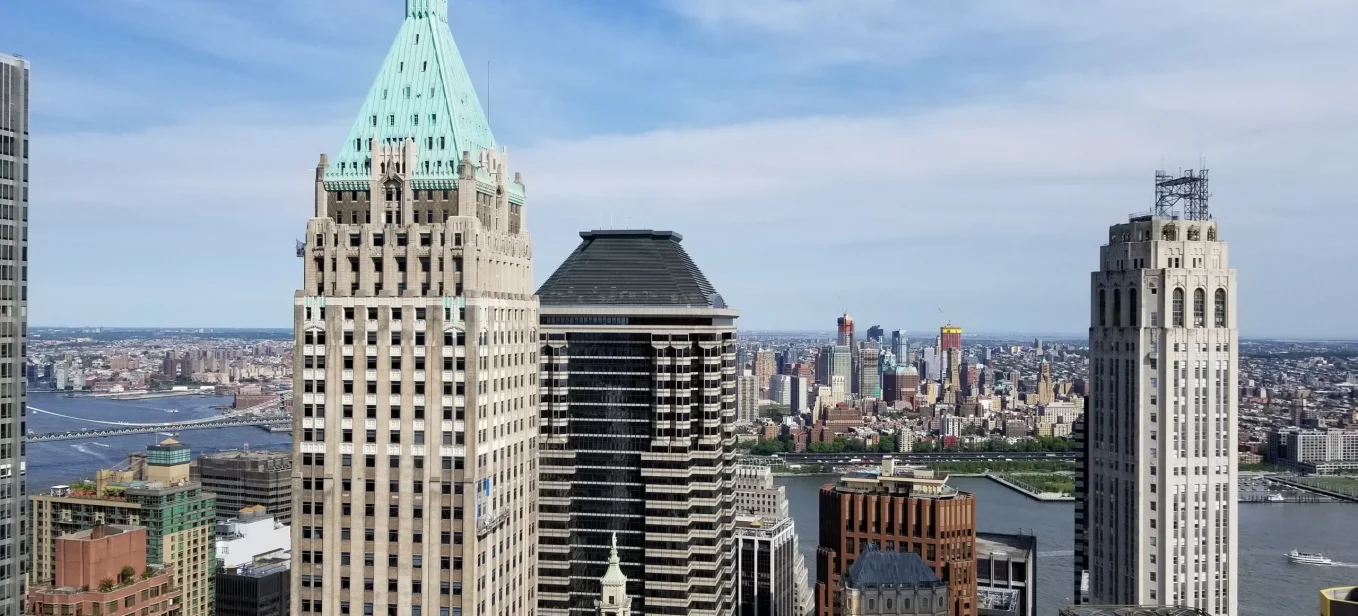
Understanding SWARMP in Local Law 11
- By: Nova Construction Team
- Published:
- Updated: December 2, 2025
In the concrete jungle of New York City, where skyscrapers touch the clouds and architectural marvels line the streets, building safety is paramount.
Local Law 11, also known as the Facade Inspection and Safety Program (FISP), is the most important regulation governing the periodic inspection of exterior walls and their appurtenances.
It mandates regular inspections for buildings over six stories tall, categorizing them into three classifications: Safe, Unsafe, and SWARMP.
While the first two categories are relatively self-explanatory, SWARMP often leaves building owners, managers, and even some professionals scratching their heads.
Let’s demystify this critical classification and take a closer look at its implications for New York’s towering structures.
What Is SWARMP?
SWARMP stands for “Safe With a Repair and Maintenance Program.” This classification occupies a middle ground between “Safe” and “Unsafe,” serving as a crucial early warning system for potential facade issues.
When a building receives a SWARMP designation, it means that while there are no immediate safety hazards, certain conditions have been identified that require attention to prevent future problems.
To put it in perspective, think of SWARMP as a yellow traffic light. It’s not telling you to stop everything (as an “Unsafe” rating would), but it’s warning you to proceed with caution and prepare for necessary actions.
This classification acknowledges that buildings, like any complex structure, require ongoing care and maintenance to remain safe and functional.
The key distinction between SWARMP and “Unsafe” is the immediacy of the risk. SWARMP conditions are not considered immediately hazardous to public safety, but if left unaddressed, they could deteriorate into unsafe conditions over time.
This is why the “Repair and Maintenance Program” part of SWARMP is so critical — it’s a proactive approach to prevent minor issues from becoming major problems.
The SWARMP Process
SWARMP classification begins with a thorough inspection by a Qualified Exterior Wall Inspector (QEWI). These professionals, typically licensed architects or engineers, are registered with the New York City Department of Buildings (DOB) and possess specialized knowledge in facade inspection and safety.
During the inspection, the QEWI examines the building’s exterior walls, looking for any signs of deterioration, damage, or potential safety issues. They assess everything from the condition of brickwork and mortar joints to the integrity of decorative elements and waterproofing systems.
If they identify conditions that require repair but do not pose an immediate safety risk, they may recommend a SWARMP classification.
Once the inspection is complete, the QEWI must file a detailed report with the DOB. This report outlines all observed conditions, including those that led to the SWARMP classification.
Importantly, for a building to be classified as SWARMP, the report must explicitly state that “there are no unsafe conditions.” This statement underscores the fact that while repairs are needed, the building does not pose an immediate threat to public safety.
The SWARMP report isn’t just a list of problems — it’s a roadmap for future repairs. The QEWI must provide a clear timeline for when each identified issue should be addressed. This timeline is crucial, as it sets the stage for the building’s compliance with Local Law 11 in future inspection cycles.
Timeline and Compliance
Local Law 11 operates on a five-year cycle, meaning that buildings must be inspected every five years. When a building is classified as SWARMP, the clock starts ticking.
The QEWI who conducts the inspection must provide a timeframe for when each SWARMP condition should be addressed. This timeframe must be at least 12 months from the report filing date but no later than the next inspection cycle.
In other words, building owners have a window of opportunity to address these issues before the next mandatory inspection.
Here’s where things get critical: if SWARMP conditions are not addressed by the next inspection cycle, the building may automatically be classified as “Unsafe.” This escalation comes with significant consequences, including potential fines, mandatory public protection measures (like sidewalk sheds), and a much shorter timeline for repairs.
The path from SWARMP to “Safe” classification involves addressing all identified issues within the specified timeframe.
Once repairs are complete, the building owner must have the QEWI conduct a follow-up inspection to verify that all SWARMP conditions have been resolved. If satisfied, the QEWI will file an amended report with the DOB, upgrading the building’s status to “Safe.”
It’s important to note that ongoing construction or repairs can affect a building’s classification.
Even if all SWARMP conditions are being actively addressed, a building cannot be classified as “Safe” until all work is complete and verified by a QEWI.
Best Practices for Building Owners and Managers
Navigating the complexities of SWARMP classifications and Local Law 11 compliance requires a proactive approach.
Here are some best practices for building owners and managers:
- Develop a proactive maintenance strategy: Don’t wait for SWARMP conditions to arise. Implement a regular maintenance program that includes routine inspections and preventative repairs.
- Budget wisely: SWARMP repairs are inevitable for most buildings. Create a dedicated facade maintenance fund to ensure you have resources available when needed.
- Work with experienced professionals: Partner with qualified architects, engineers, and contractors who have extensive experience with Local Law 11 and facade maintenance. Their expertise can be invaluable in interpreting SWARMP conditions and developing effective repair strategies.
- Prioritize repairs strategically: If your building receives multiple SWARMP conditions, work with your QEWI to prioritize repairs based on severity and potential for escalation. It’s a good method to manage costs and ensure the most critical issues are addressed first.
- Document everything: Maintain detailed records of all inspections, repairs, and correspondence related to your building’s facade. This documentation can be crucial for demonstrating compliance and can inform future maintenance decisions.
- Stay informed: Local Law 11 requirements can change, and new best practices in facade maintenance emerge regularly. Stay informed about updates to regulations and advances in repair techniques.
Long-Term Benefits of SWARMP Compliance
While addressing SWARMP conditions may seem like a burden, it offers several long-term benefits for building owners and managers:
- Cost savings: Addressing issues early, when they’re still in the SWARMP stage, is usually far less expensive than waiting until they become “Unsafe” conditions requiring emergency repairs.
- Enhanced property value: A well-maintained facade with a history of proactive repairs can enhance a building’s value and attractiveness to potential buyers or tenants.
- Improved safety: By addressing SWARMP conditions promptly, you’re creating a safer environment for residents, visitors, and passersby, avoiding liability issues.
- Regulatory compliance: Staying on top of SWARMP repairs helps ensure ongoing compliance with Local Law 11, avoiding fines and penalties.
- Preservation of architectural heritage: For many of New York’s historic buildings, proactive maintenance helps preserve important architectural features for future generations.
Got a project in mind? Let's chat about bringing your construction vision to life!
Final Thoughts
Understanding SWARMP in the context of Local Law 11 is crucial for anyone involved in managing or maintaining buildings in New York City. This middle-ground classification serves as an early warning system, allowing building owners to address developing issues before they become critical safety hazards.
Don’t let SWARMP conditions compromise your building’s safety or your peace of mind. Nova Construction Services offers comprehensive facade inspection, repair, and maintenance services tailored to the unique challenges of New York City buildings.
Contact us today to schedule a consultation and take the first step toward ensuring your building’s long-term compliance and structural integrity!

